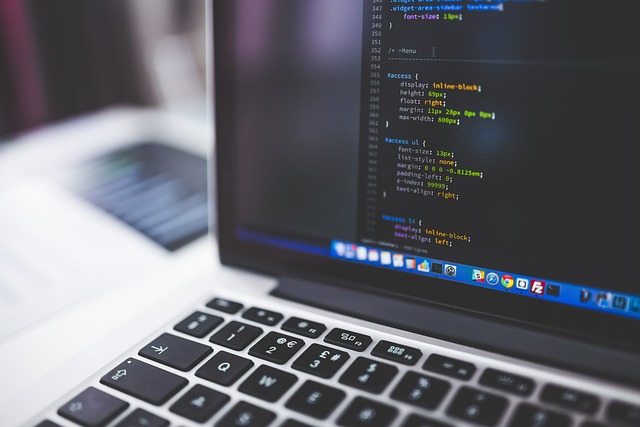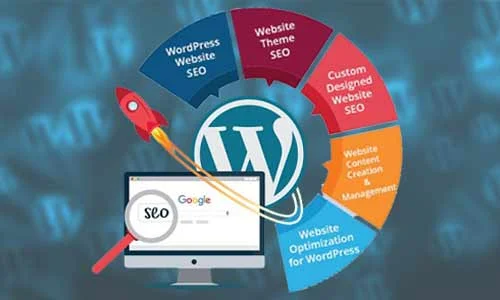The Android app development landscape is continuously evolving. There are approximately 3.553 million apps on Google Play. With the significant increase of Android apps, the number of mobile app users has skyrocketed. This puts a pressure on app developers to build responsive, smooth and user-friendly apps.
2023 brings forth several key factors that are shaping the Android app development services and process. With advancements in programming languages, UI frameworks, performance optimization techniques, and integration of emerging technologies, developers are now more keen towards building feature-rich and user-centric android apps.
In this article, we will discuss what 2023 holds for us? Let’s take a dive to explore some prominent Android app development trends in 2023.
Use of Kotlin as a Preferred Language
Kotlin has gained significant popularity and is now widely regarded as the preferred programming language for Android app development services. Null safety, clear syntax, and seamless integration with pre-existing Java codebases are all features it offers. Kotlin’s modern features and enhanced developer experience contribute to faster and more robust app development.
1: Promising Trend of Instant Apps
Instant Apps allow users to experience the core functionality of an app without installing it. This feature has gained momentum in 2023, as it provides a frictionless user experience. Instant apps also encourage users to access a list of features without navigating the Play Store. Developers are leveraging Instant Apps to provide users with a quick and seamless way to access app features, thereby reducing barriers to increased app downloads.
Read more: Stackupsolutions.com
2: The Massive 5G Network Integration
5G is the fifth-generation of mobile networks that allows high-speed internet connection and wireless connectivity. With the widespread deployment of 5G networks, Android app developers can implement emerging technologies such as Artificial Intelligence, Machine Learning, IoT and VR to deliver more data-intensive and immersive experiences for Android users. Android app developers also leverage multiplayer gaming and cloud-based integration of AR/VR technologies with the help of 5G connectivity.
3: The Increased Use of Internet of Things (IoT) in Android Apps
IoT defines the interconnectivity among various physical devices such as sensors and cameras. The use of IoT technology in android apps enables users to control and automate smart home objects, wearables and appliances through the mobile apps. IoT device proliferation creates new opportunities for Android app development. The increasing trend has led developers to build android apps that can connect and interact with IoT devices. The rise of IoT apps has increased human control over devices, but that too without less human intervention.
4: Significant Increase in Using Augmented Reality (AR) & Virtual Reality (VR)
Android developers use AR and VR technologies to generate immersive and interactive experiences since they have garnered substantial popularity. From AR-based navigation and product visualization to VR gaming and training simulations, incorporating AR/VR capabilities into Android apps enhances user engagement and provides innovative solutions across various industries.
5: Trend of Accessibility & Inclusivity
In 2023, there is an increased focus on making Android apps more accessible and inclusive. To accommodate users with visual, hearing, or mobility disabilities, developers are integrating accessibility features. This includes features like voice commands, screen readers, captioning, and gesture-based navigation, ensuring that apps are usable by a wide range of users.
6: Collaboration & Knowledge Sharing
Another increasing trend of 2023 is collaboration and knowledge sharing of the Android developers community. Developers are leveraging online platforms, forums, and open-source communities to share best practices, seek guidance, and collaborate on projects. This culture of collaboration accelerates the growth of Android app development.
7: Jetpack Compose for UI
Jetpack Compose, an Android UI toolkit, is revolutionizing the way developers build user interfaces. It enables a declarative and more efficient approach to UI development, simplifying the process of creating complex and interactive UIs. With its reactive nature and composability, Jetpack Compose enhances productivity and provides a modern UI development experience.
8: Modularization & Dynamic Delivery
Modularization helps break down large codebases into smaller, independent modules, improving maintainability and scalability. With dynamic delivery, app features may be sent as needed, resulting in smaller apps and more effective updates. These techniques facilitate faster development cycles, reduced development and maintenance efforts, and improved user experience.
- Emphasis on App Performance
As user expectations continue to rise, app performance becomes a critical factor for success. Developers are focusing on optimizing app performance by adopting techniques like app profiling, performance monitoring, and using modern tools and libraries. Ensuring smooth animations, fast loading times, and responsiveness are crucial in modern Android app development.
- Maximizing Cloud Integration & Edge Computing
Integrating cloud services and leveraging edge computing capabilities is becoming increasingly important. Cloud-based solutions enable features like real-time syncing, data storage, and serverless computing. Edge computing allows processing to be performed closer to the user, reducing latency and improving app performance. It is possible for developers to create robust and scalable apps by integrating them with cloud services and edge computing.
- Focus on Privacy & Security Concerns
Privacy and security have become paramount concerns for app users. Android developers are adopting best practices to ensure user data protection, such as implementing data encryption, secure authentication, and following strict permission models. Additionally, developers are staying updated with evolving privacy regulations to comply with user expectations and legal requirements.
- Use of Cross-Platform Development Frameworks
Cross-platform frameworks like Flutter and React Native are still widely used. These frameworks enable developers to produce apps that function across several platforms with a single codebase, speeding up the development process. They provide a native-like experience while maximizing code reuse and accelerating app deployment.
Conclusion
As we delve into 2023, the realm of Android app development services undergoes significant modernization. From the adoption of Kotlin as the preferred programming language to the revolutionary UI development approach of Jetpack Compose, developers have access to tools and technologies that streamline the development process and enhance productivity.
With a focus on modularization, app performance, cloud integration, AI/ML capabilities, and privacy and security enhancements, Android apps are becoming more powerful, scalable, and secure. These key factors collectively contribute to the transformation of Android app development in 2023, empowering developers to deliver cutting-edge applications that meet the evolving needs and expectations of users. For more article visit website homepage.





